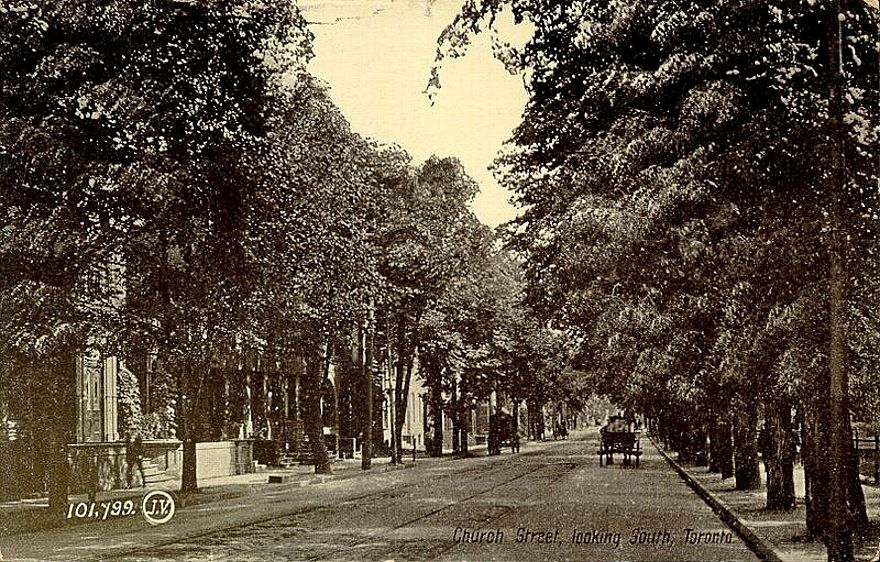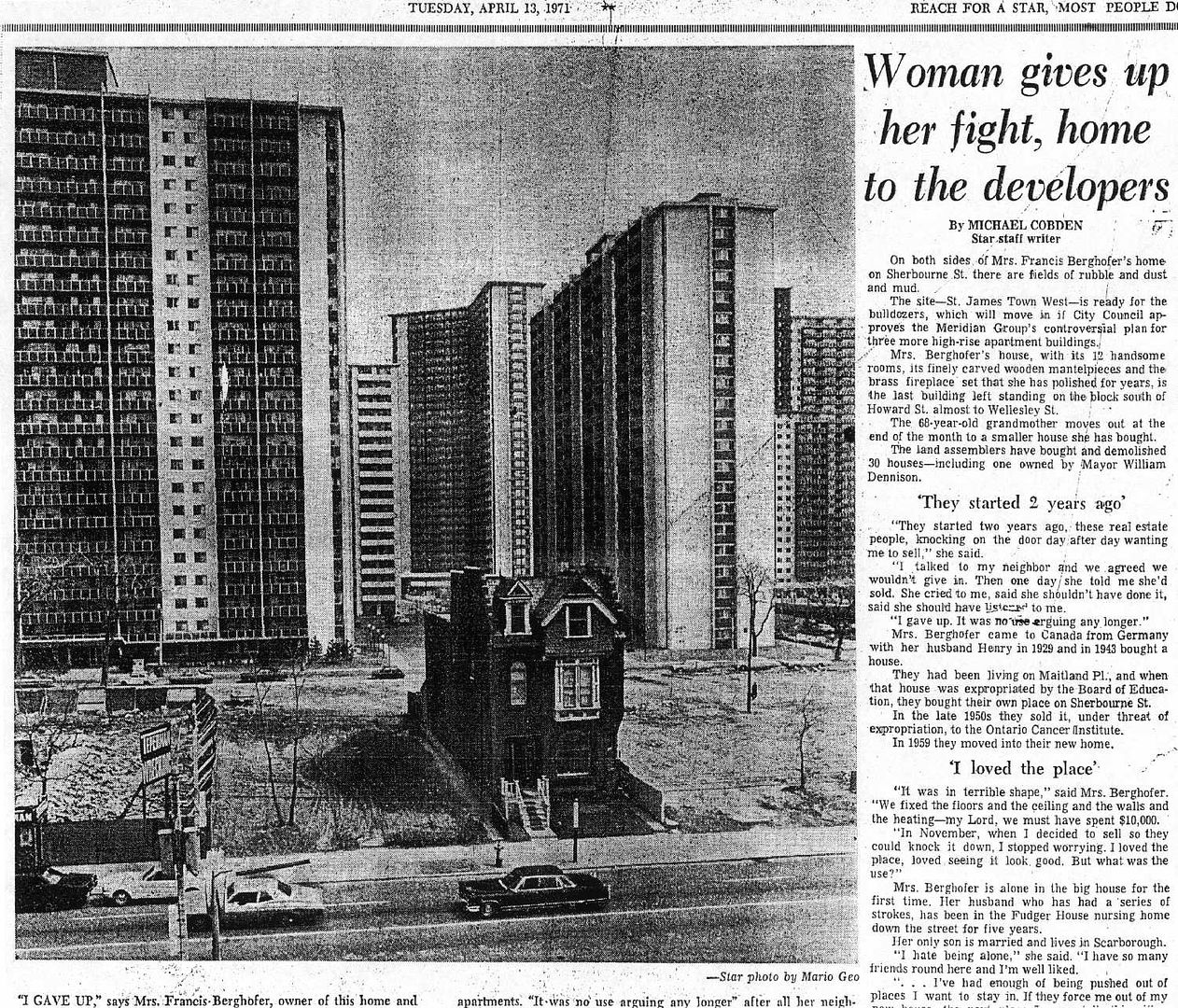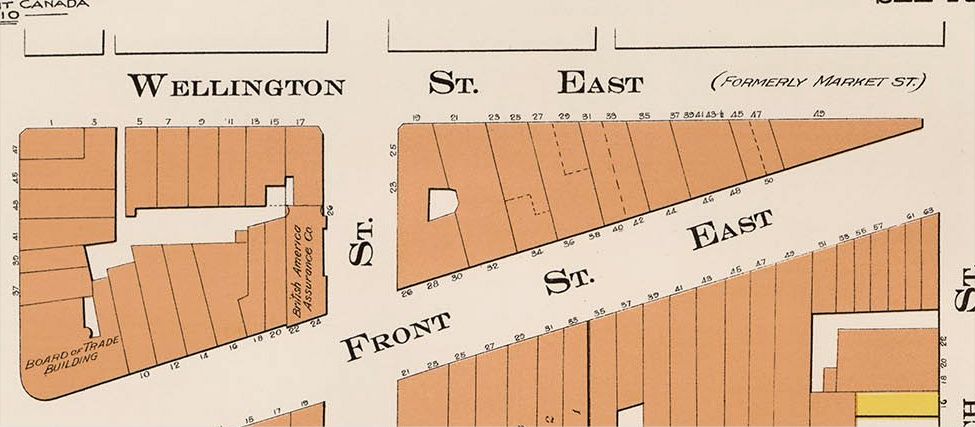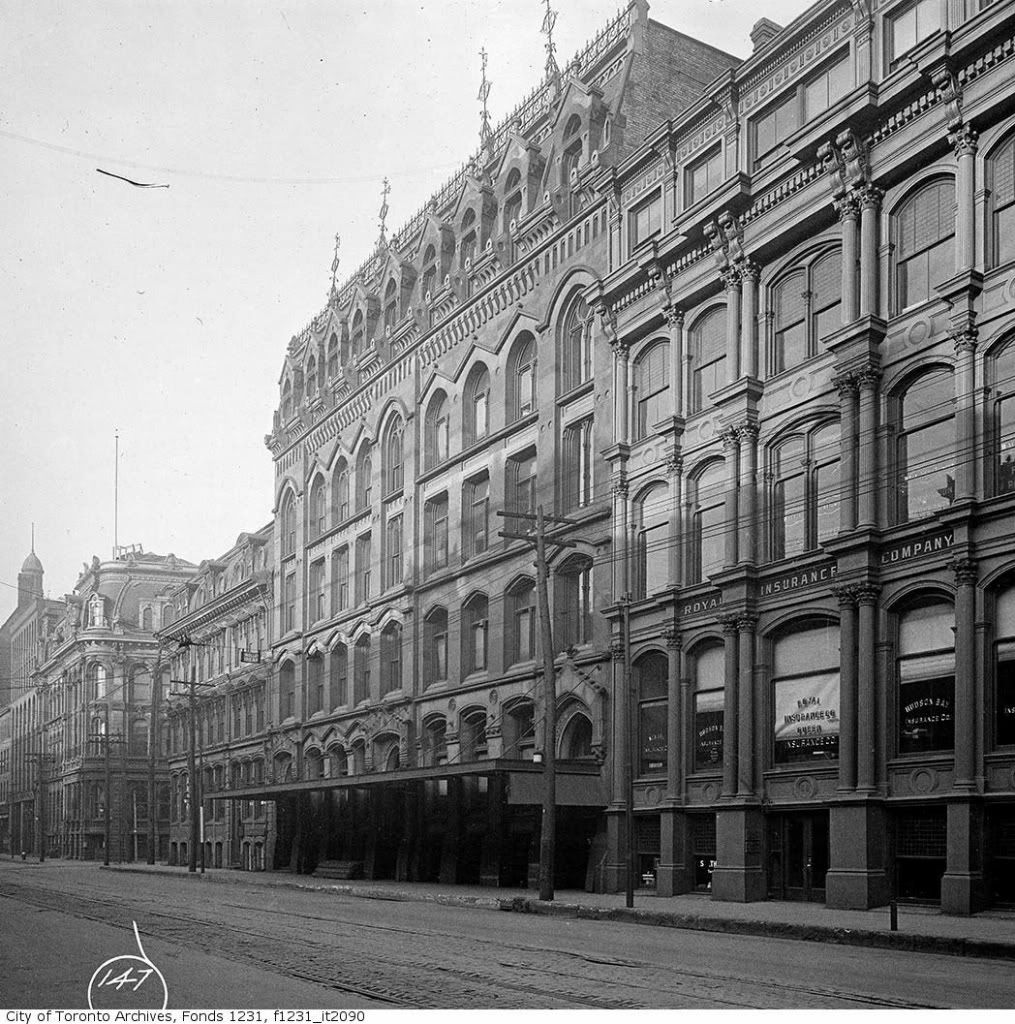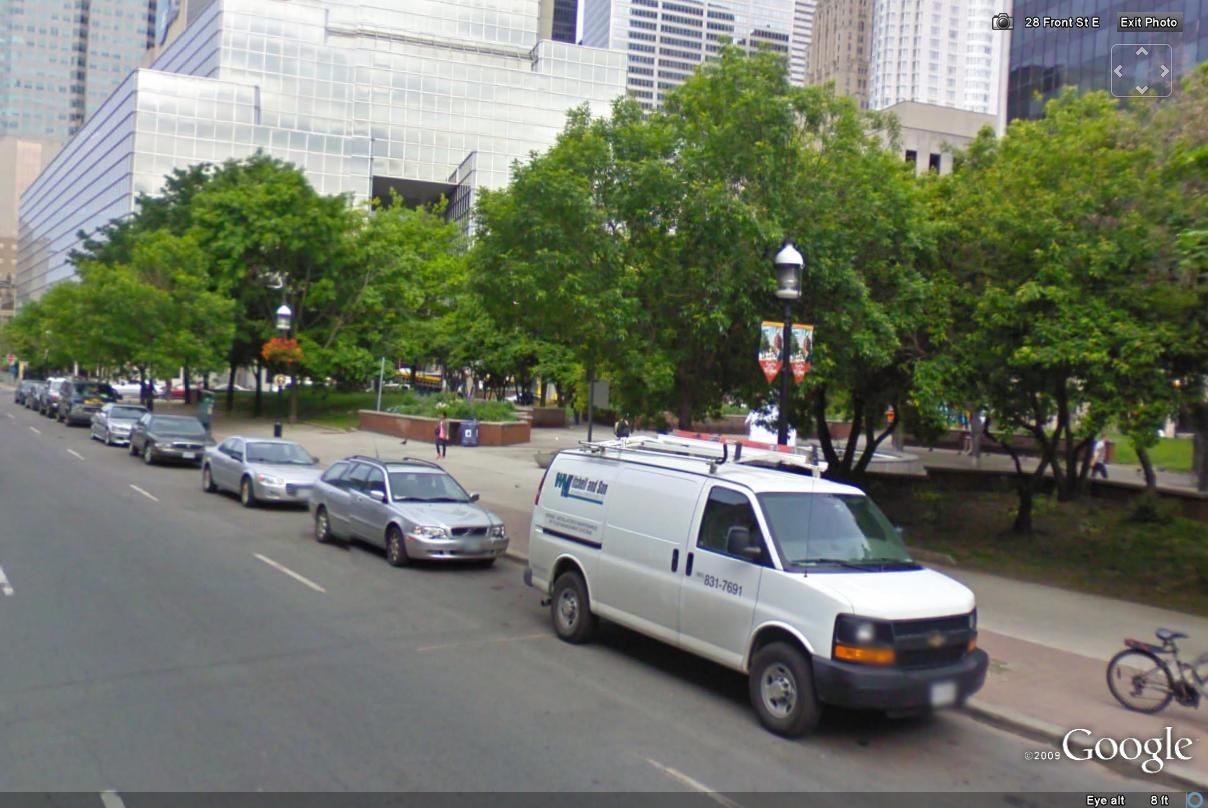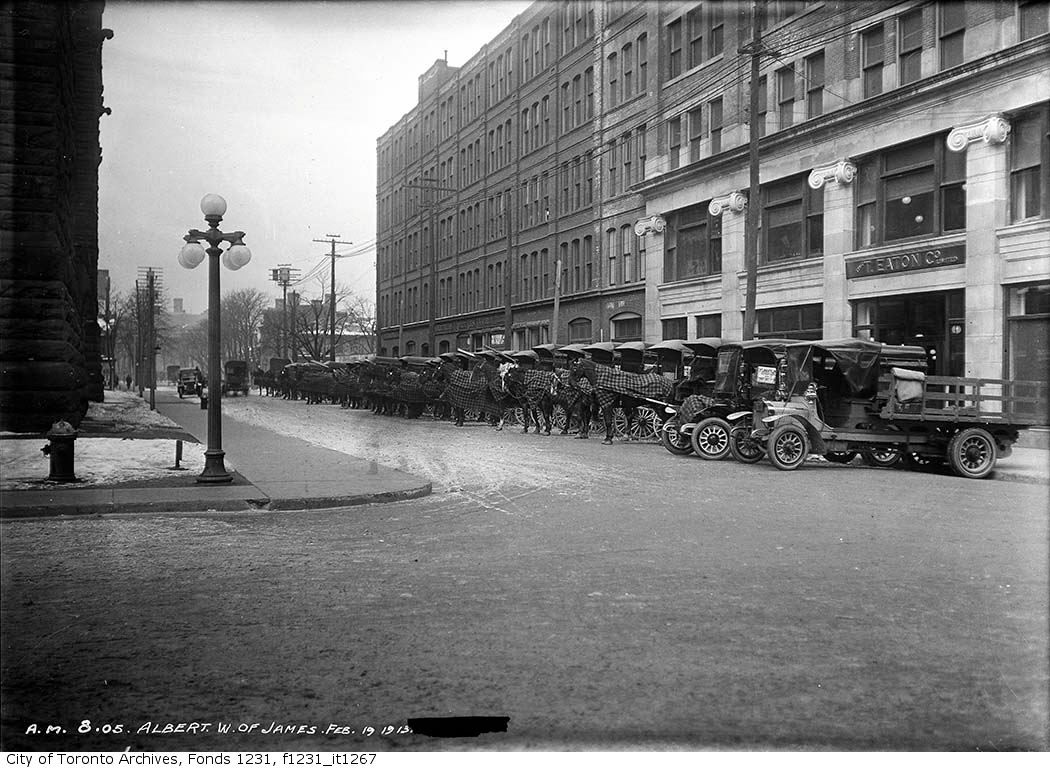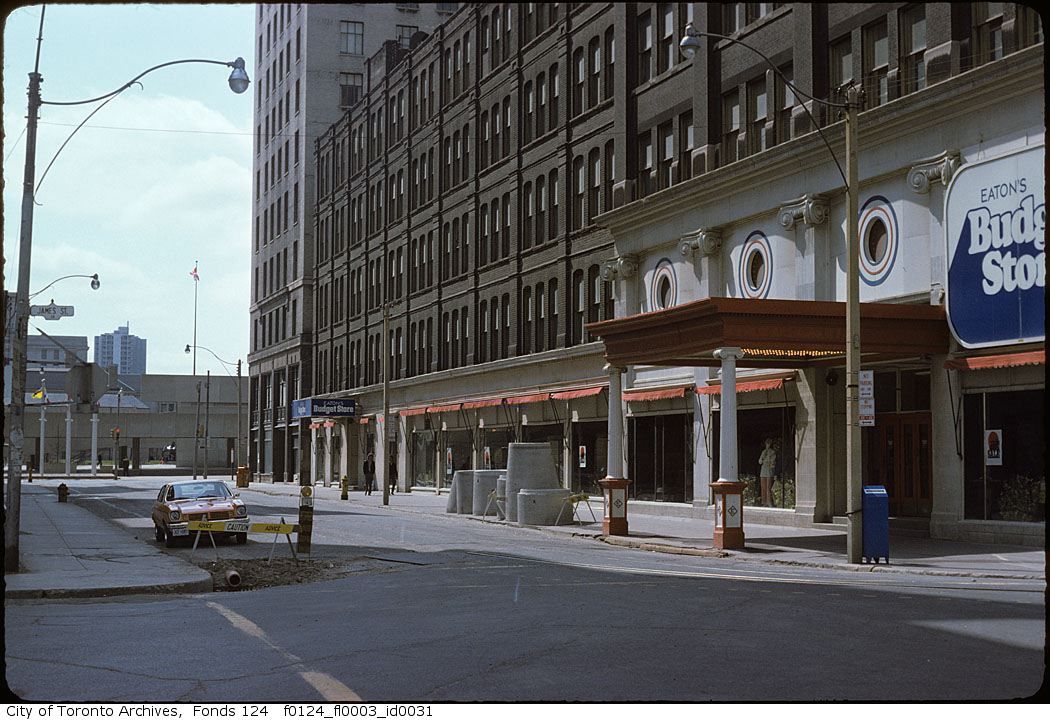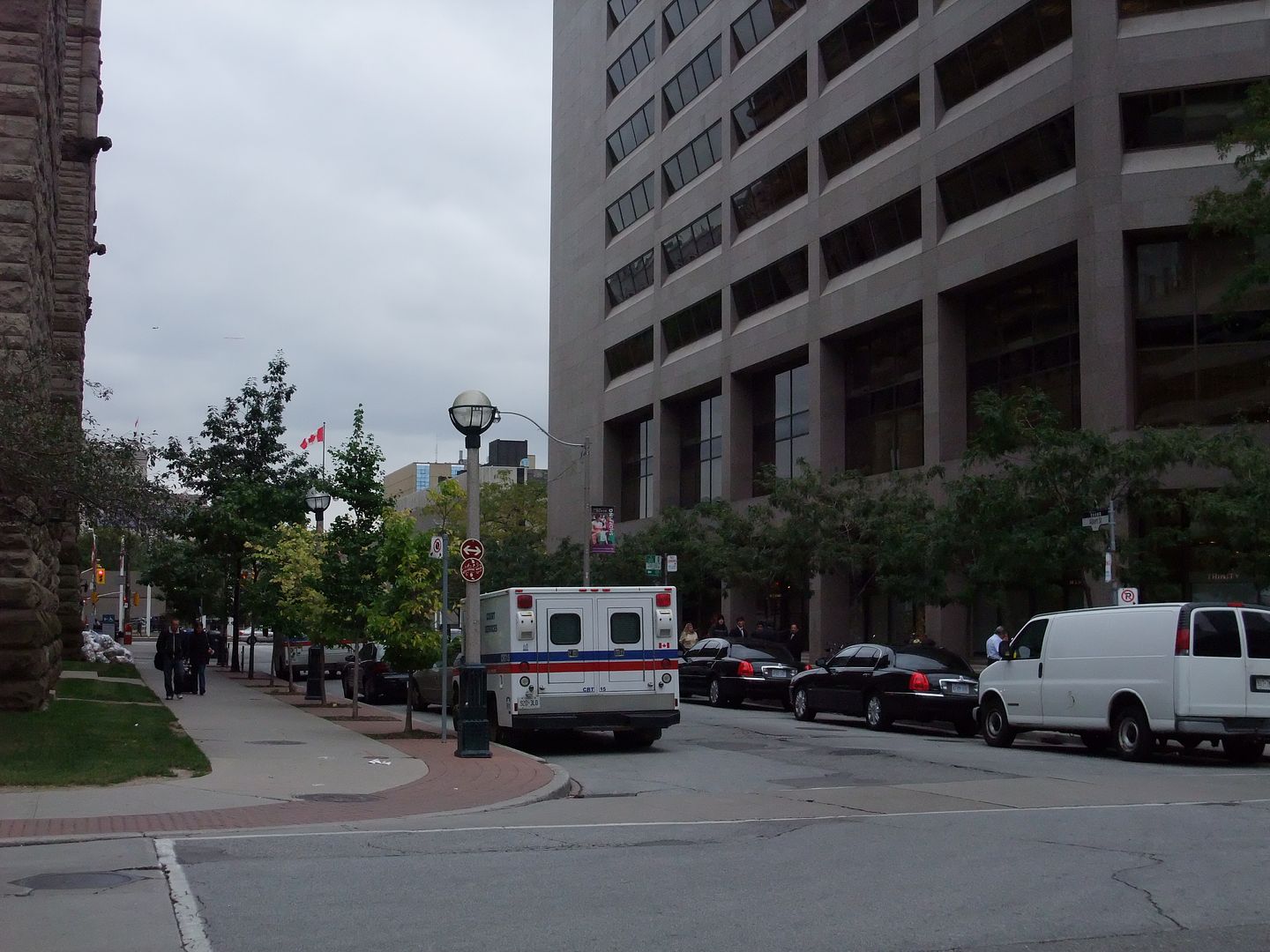thecharioteer
Senior Member
I suspect you're right. Except when the Victorians tore something down they replaced it with--something. And--personal taste aside--that something tended to be something very elegant, Grand and well made. In retrospect a bit OTT for some, a bit loose and easy in its appropriation of earlier architectural styles, but they were truly aspirational and inspiring buildings. The block clearing modernists replaced most of what they tore down with: nothing--or its equivalent, a sea of parking.
I know, I know, Berczy Park. People love to eat lunch there etc. The point is, it will never be equal to the beautiful, crowded 19th century cityscape that was lost here.
Very elegantly and eloquently put. The examples of the "now" being preferable to the "then" on this thread can probably be counted on one hand. The loss of the old Bank of Toronto building at King & Bay, for me, is bearable because of the quality of the Mies pavilion. Likewise, the buildings replaced by Commerce Court. Shea's Hippodrome would have been nice, but Nathan Phillips Square is worth the price.
The list of "on the other hand" unfortunately is longer. First Canadian Place, does not balance the scales in losing the old G&M Building, the Star and the old BOM building. Nor 390 Bay and the Temple Building. Nor "The Maples" and the Odeon Carlton. Nor the Federal Tax Building and the old Post Office. Nor any of the new buildings on Toronto Street or at King and Church. Nor 33 Yonge or Berczy Park.





